Flowering in Cannabis plants
List of contents
Cannabis plants go through different stages of life before reaching harvest. These stages are: germination, pre-growth, growth and flowering. Depending on the phase of life, the care and feeding required can vary greatly, in this case we're going to focus on the flowering period of cannabis and the changing nutritional demands upon our plants.
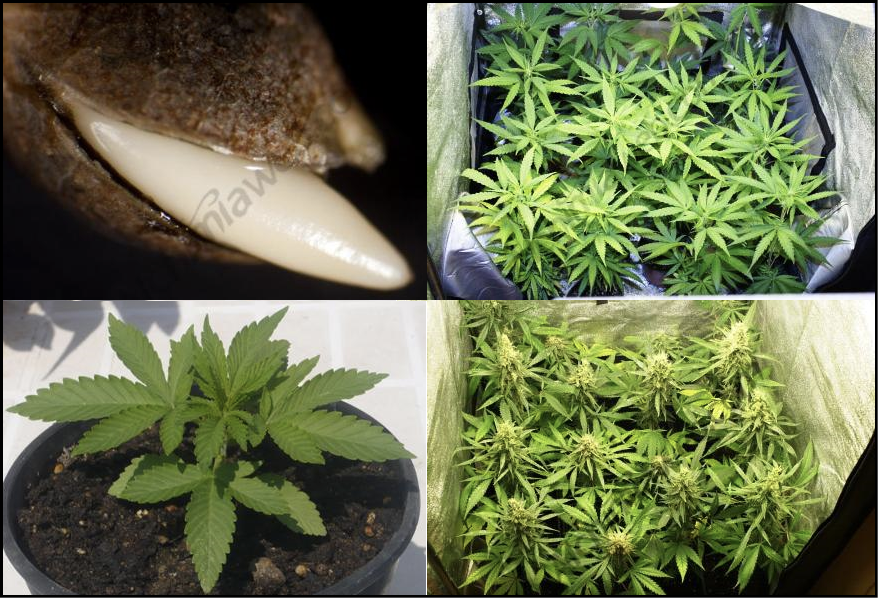
Pre-bloom phase of cannabis after the photoperiod change
At this point in their life cycle the plants are growing well, they've already occupied a little over half of the available space, and now is the moment to change the timer, so instead of using 18/6 we will switch to a 12/12 photoperiod and induce the plants to flower.
Depending on the type of plant and the genetics being cultivated, the time between changing the photoperiod to 12/12 displaying the first flowers can vary a great deal, and more if we are talking about differences between pure Indicas and Sativas.
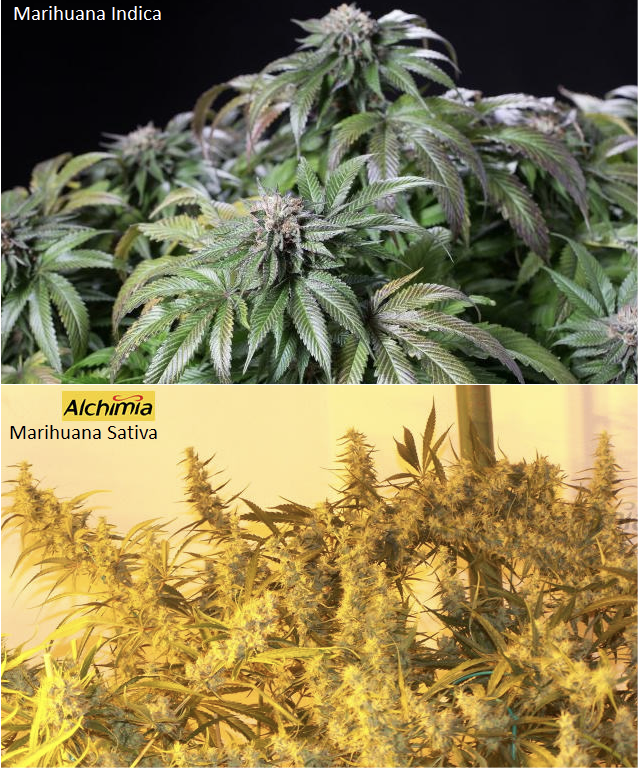
The stage between switching the photoperiod to 12/12 and seeing the first flowers appear is known as "the stretch", as plants will tend to elongate and stretch in growth at this time. There's a huge difference between the stretch of an indica plant and that of a sativa.
Indica plants stretch far less than sativas. The vast majority of Indicas originate in countries that have clearly defined seasons. The different seasons mean the plants can differentiate the period of growth from that of flowering by the hours of daylight and the time of year. More hours of sun mean vegetative growth and less hours mean it's time for flowering, for this reason photo-dependent plants grow in spring and flower in summer.
Because Sativas usually come from tropical zones where there the photoperiod barely differs from 12 hours light and 12 of darkness, their stretch is greater than that of indicas since the plants have to be able to grow enough to ensure their offspring. The evolution of cannabis and its great potential to adapt to the environment has led to these different traits in indica and sativa plants.
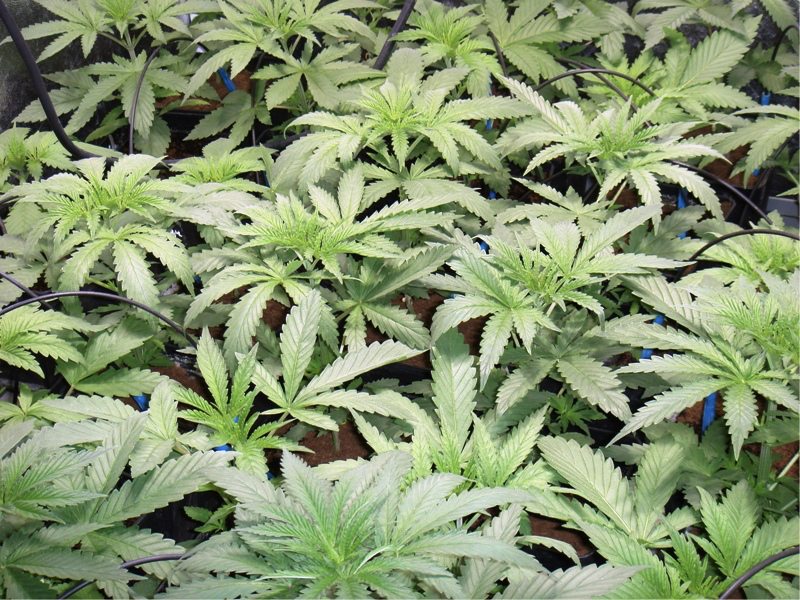
So when you grow plants indoors you must consider their amount of stretch to enable you to give the correct vegetative growth period before switching to bloom and in this way control their final height, thus avoiding headroom problems.
In the case of pure indicas, during the stretch period they will usually only double their size. If you start with 30cm plants these will end up with a height of around 60cm at the end of the stretching period.
In the case of sativas, it's important to remember that these plants can as much as quadruple their initial size, meaning a 30cm plant can finish at 1.20m in height. For this reason, when it comes to very long flowering sativas with a significant stretch as mentioned, the plants can be started at 12/12 from germination, avoiding excessive vegetative growth. They can also be pruned and trained if you want to grow in SCROG with fewer plants per m2.
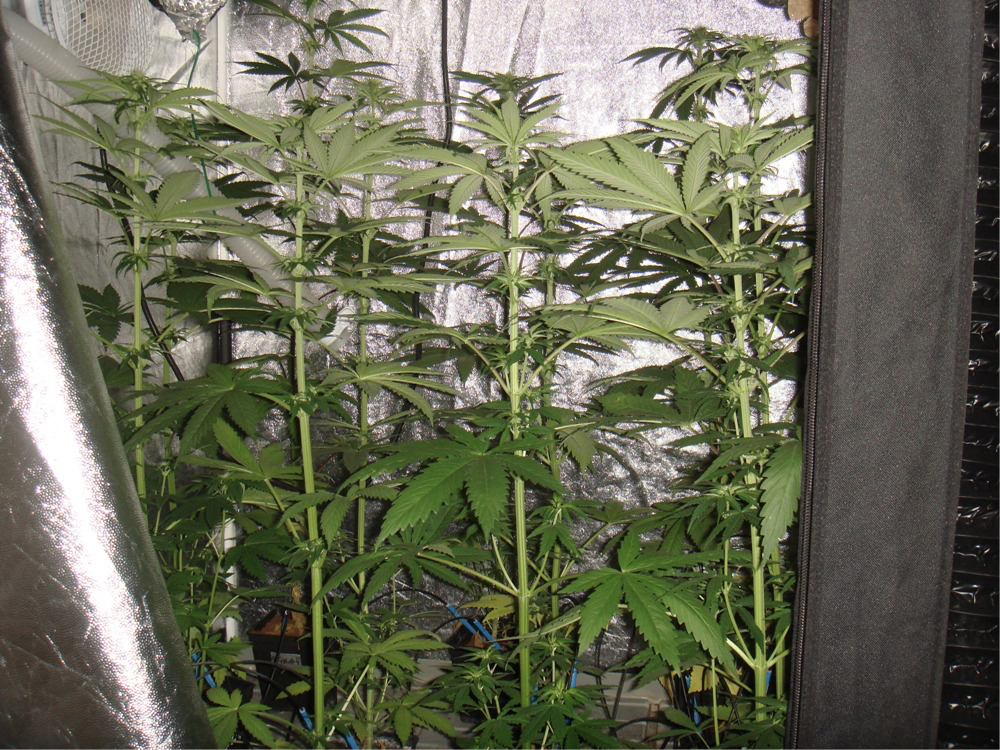
Sativa varieties with significant stretch:
Indica plants with reduced stretching:
Start of flowering in Cannabis plants
The start of flowering in cannabis plants occurs when the first pistils emerge from the female pre-flowers. At this moment the plant is indicating that its nutritional needs have changes and that from this time will need more phosphorus and potassium than nitrogen.
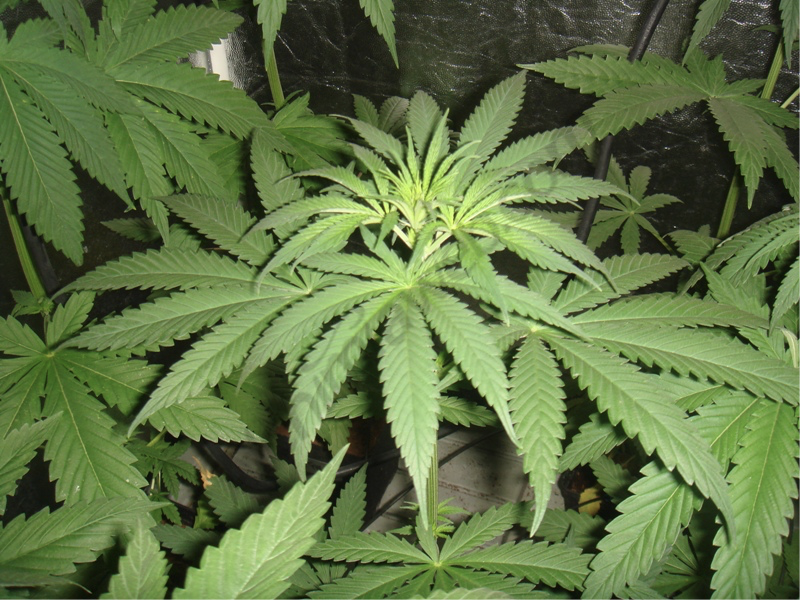
At this time the plants have already switched hormone production to focus on creating buds. The nutrient levels required will vary depending on the variety being grown, whether more indica or more sativa, it will require higher or lower levels of nutrients. This is also ruled by the duration of flowering in the genetics cultivated. If it is a more sativa-leaning plant with a long flowering period, nutrient levels are usually lower with a slower and more gradual increase week by week. If more indica-leaning plants are grown, having a shorter flowering, these usually consume a larger amount of nutrients in fewer weeks, having less time to finish their flowering.
We've talked about flowering indica plants and sativa plants, but in the case of growing cannabis hybrids you'll need to take into account the genetic composition of the cross to be able to apply a nutrient schedule, depending if the hybrid leans towards the indica or sativa side, or if it falls in the middle between the two.
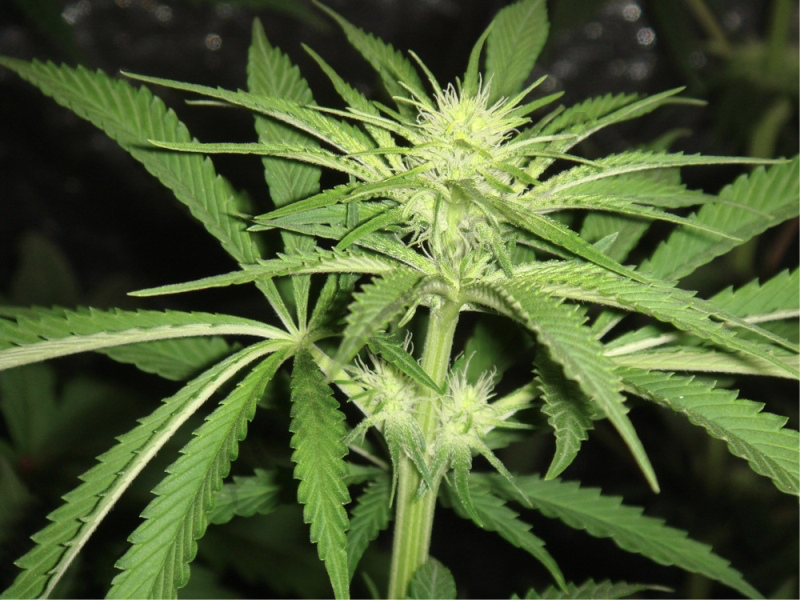
When liquid fertilisers are used, their nutritional composition in terms of NPK and the ratio of these 3 macro nutrients should be taken into account. With commercial bottled nutrients, the same flowering fertiliser is used for both indica and sativa, but with a dose that varies according to the week. So we won't give the same amount of nutrients to the indica plants as to the sativa plants over the same time period, but we'll vary them as needed.
We can also find certain fertilisers like Powder Feeding that are formulated specifically for long or short flowering varieties:
The flowering period of indica plants is always shorter than that of sativas. This means that an Indica needs a higher concentration of nutrients to provide the maximum flower production. With sativas the opposite is true, with more weeks of flowering, the lower the amount of nutrients required weekly although if we check the total at the end of the crop both plants will have used almost the same amount of liquid fertiliser.
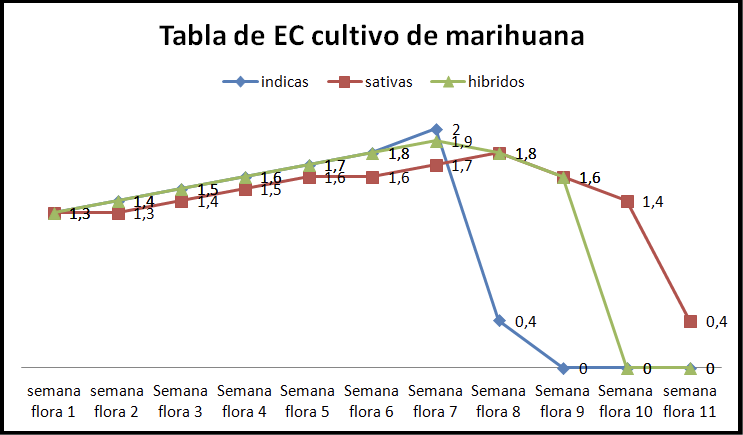
* This grow chart is indicative, the nutrient levels of each week may differ and should be adapted according to the genetics being cultivated. It's possible to modify the table as needed, using this chart as a point of reference to raise or lower the levels as required.
Not all indica or sativa plants are the same, so their diet shouldn't be either. For example, if two Indica strains are grown in the same crop, we may have to make small variations in the feeding between the different plants. However, often these nutrient variations are not very large, so we can find a midpoint that works well for both types of genetics.
The nutrient charts are very useful as a rough guide to the nutrient concentrations week to week but it's only through looking at the leaves, stems, roots, etc. that we can truly determine if the plants are properly fed, or if they're suffering a deficiency or excess of nutrients.
Here's a graph from Aptus that explains the plants nutrient requirements according to the week of life.

The graphic shows the different nutrients that the plant requires and the difference between one type of nutrient or another (nitrogen, phosphorus, potassium or calcium) depending on the stage of the plant.
As we can see, in the first weeks of flowering during the stretching period, (table for indica of 8 weeks) the requirement for nitrogen is very high. During this stage the plant requires high doses of nitrogen to be able to stretch, grow and start to form the plant structure where the bud will appear.
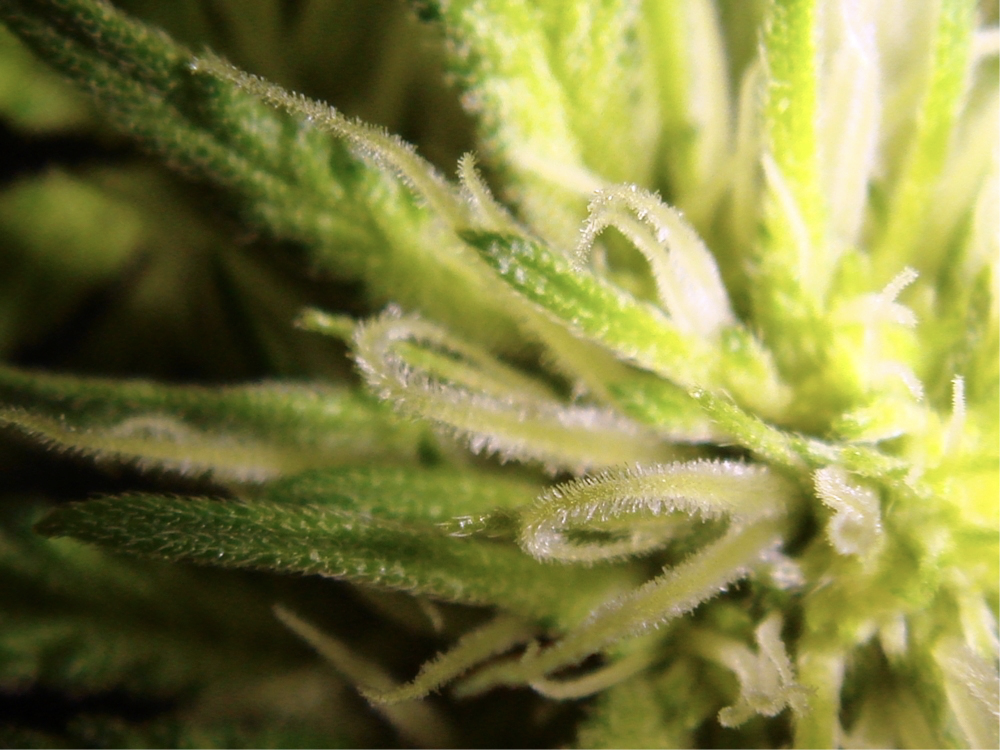
During these two weeks, when nitrogen is necessary in large doses for indica plants, it is not so vital for sativas, as they can continue growing free of deficiencies with slightly lower levels, because they absorb less nutrients than indicas (as a general rule).
If the plant is deprived of nitrogen at this stage of life, the leaves of the lower part begin to yellow, typical of a nitrogen deficiency. If we enter flowering without enough nitrogen, (or any other type of nutrient) the plant won't develop fully, neither in height nor in number of internodes per branch, giving fewer, smaller buds and consequently a lower yield.
Flowering period of Cannabis plants
Once in the flowering stage, we see that in the 3rd and 4th week of bloom plants require nitrogen levels more or less similar to the previous week. The peak addition of nitrogen has already been given and now it is decreasing in relation to the contribution of phosphorus and potassium.
From the 2nd week of flowering we see how the phosphorus is increasing, in the 3rd week twice as much is required as in the previous week, much like the N during the stretching phase.
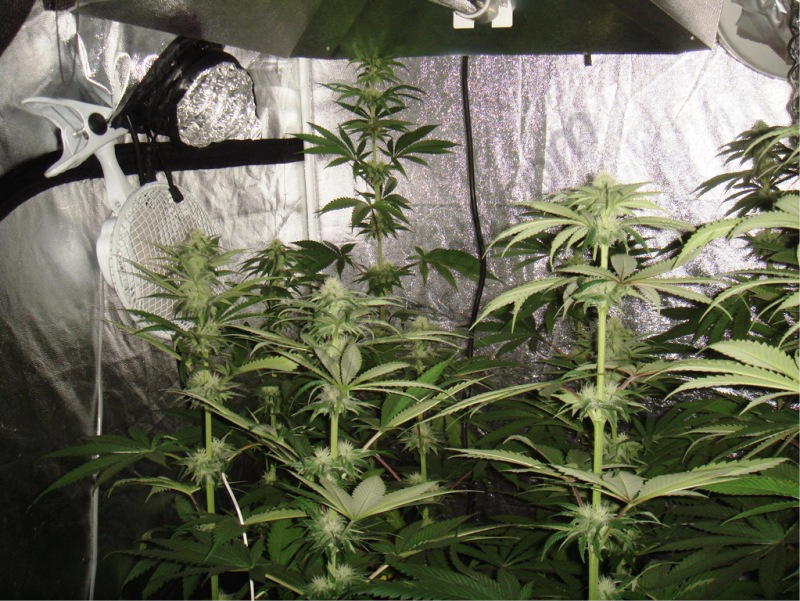
It is at this time when we can provide an extra boost of potassium, either through the use of PK13/14 or other, more concentrated products such as Monster Bloom, although ideally we would be to be able to supply each element separately, as is the case with Aptus fertilisers which provide each nutrient separately, allowing growers to adjust the level of each nutrient according to the week of cultivation. In fairness they're not the best option for the novice growers but they are perfect for experts seeking perfection in the feeding of their plants.
From the 3rd week of flowering we see that calcium requirements are much higher. After N, P & K, this is the fourth most needed nutrient by the plants. Here at Alchimia we always recommend its use throughout the crop, from growth to flowering, so that the plant does not have deficiencies. Fertilisers are becoming increasingly concentrated, but without extra calcium added in the same bottle, so for this reason it must be provided separately and from the start to avoid imbalances.
If calcium is not used at this stage of life, Calcium deficiencies can easily be spotted. These are first seen in the oldest leaves, both in the lower and middle part of the plant.
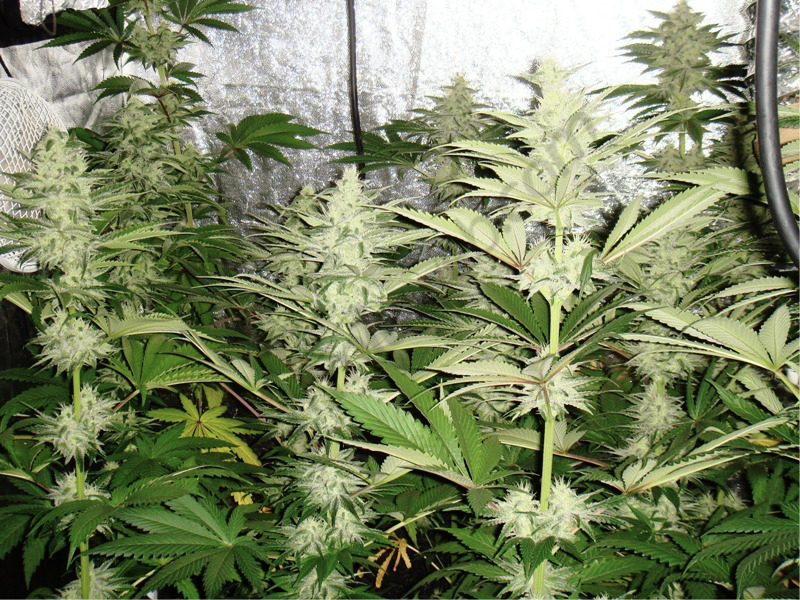
These deficiencies are seen in early stages as white spots on the leaves, similar to insect damage from spider mites or thrips. Later these marks degenerate, growing larger until a hole appears in the middle of the spot. When this deficiency has reached this advanced state, the only thing that can be done is to add extra Calcium with products such as Calgreen, and take preventive measures for next time.
From the 4th week of flowering we see how magnesium also comes into play. Calcium and magnesium should always go hand in hand. If you raise the magnesium you must raise the calcium and vice versa. Keep in mind that you must add 1 part of magnesium for 2 of calcium. Fortunately calcium supplements are usually accompanied by magnesium in the same bottle to avoid nutritional imbalances. If this is the case, you just have to worry about raising the EC levels with Ca and Mg to the necessary point according to the week of cultivation.
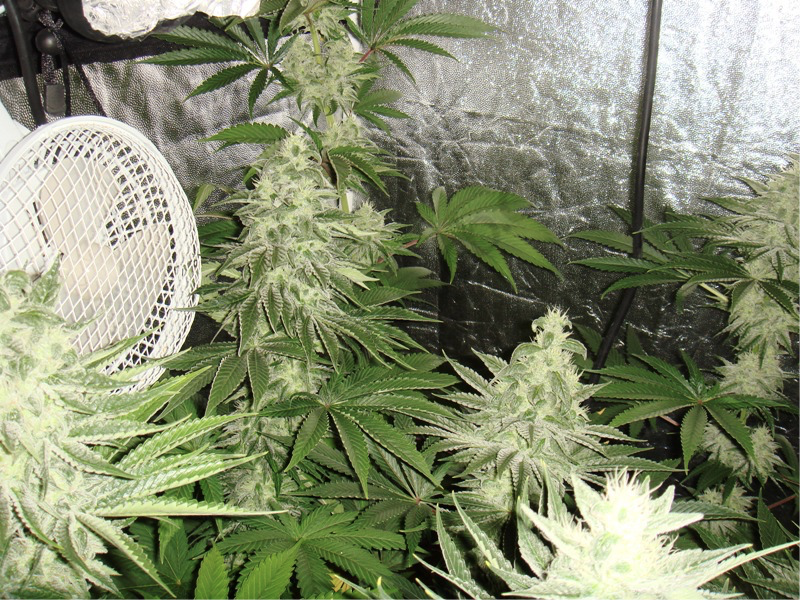
Between the 4th and 5th week of flowering we see how potassium comes into play. Now the plant has already formed the structure on which the buds will grow until the end of flowering.
The weekly increase of potassium is essential so that the plant can continue to create more flowers and finish flowering with fully developed buds, covered with resin and with some remarkable aromas and flavours.
According to the graph we refer to, from the beginning of the 4th week of flowering until the middle of the 6th week, potassium is increased progressively. This is what we call the fattening phase, where the plant focuses on the massive creation of flowers and the secretion of resin. This is the point of the grow when plants require the most nutrients, in particular potassium, although it must be accompanied by phosphorus to ensure a balanced metabolism of the plant.
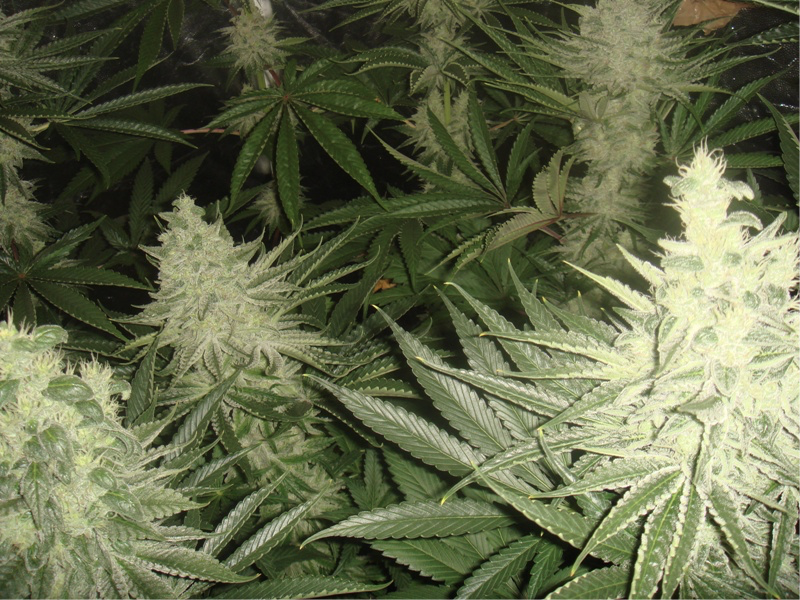
From the 7th week of flowering the overall nutrient levels go down little by little, because the whole structure of the plant is already created, the buds are well formed and only the ripening of the flowers remains, allowing the trichomes to develop fully and reach the optimum point of maturation, at which time the plants can be harvested.
In the penultimate week of cultivation, or the 8th week for 9 week plants, the nutrients input is reduced or completely removed. It must be said that to go well, you have to reduce the nutrients little by little to avoid stress that could lead to the formation of small male flowers at the end of the cycle. If all the fertiliser is removed at the same time, as in the case of hydroponic grows, the EC levels between the plant and the substrate vary greatly and the plant will try to equalise both ECs (internal and external of the substrate) by evacuating all the salts it can, leading to an unstable metabolism and a consequent stress that could cause unwanted hermaphroditism in plants.
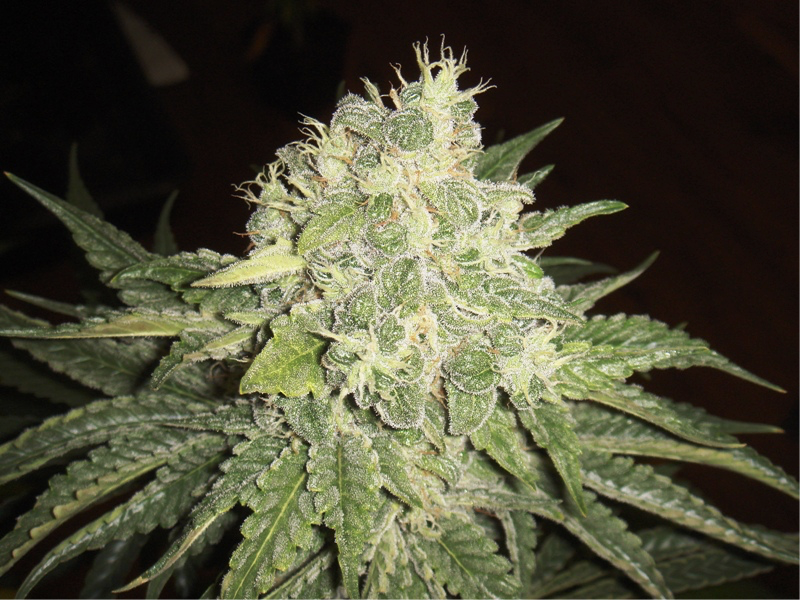
End of the grow and ripening of cannabis flowers
Now the plants no longer need high doses of nutrients to finish ripening, we'll avoid adding more fertilisers. To know when to harvest your plants you must examine the trichomes carefully and wait until the vast majority of them have a cloudy white colour and some of them an amber, red or other colour.
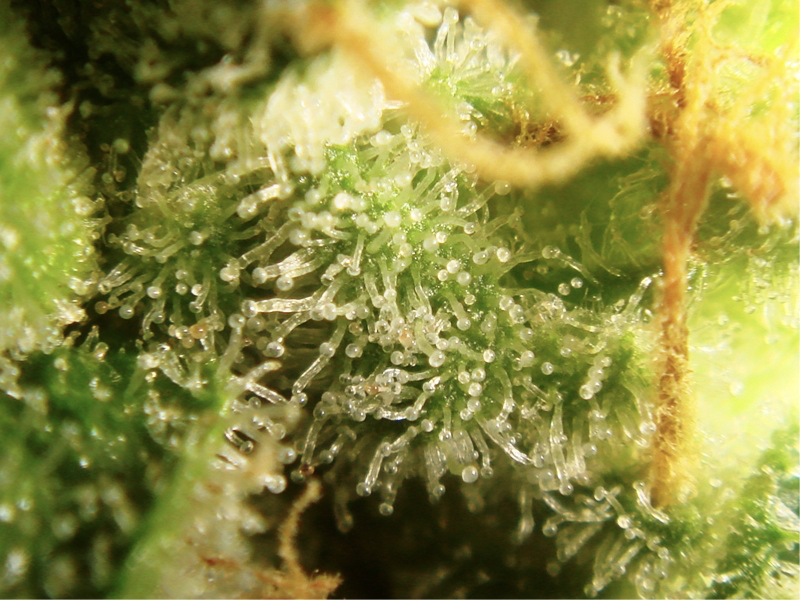
Before being harvested, the vast majority of the cannabis plants leaves should be a yellow colour. This indicates a lack of nitrogen and other nutrients in them, which assures us that the buds will have a superior flavour and aroma since there will be no interferences caused by the salts accumulated in the leaves, stems and flowers.
It should be remembered that if the plants are harvested with a very strong green color, the taste of the flowers will neither be faithful to the variety nor pleasant to smoke, lacking the proper organoleptic properties, a great shame after weeks of hard work and dedication.
Happy growing!






































































